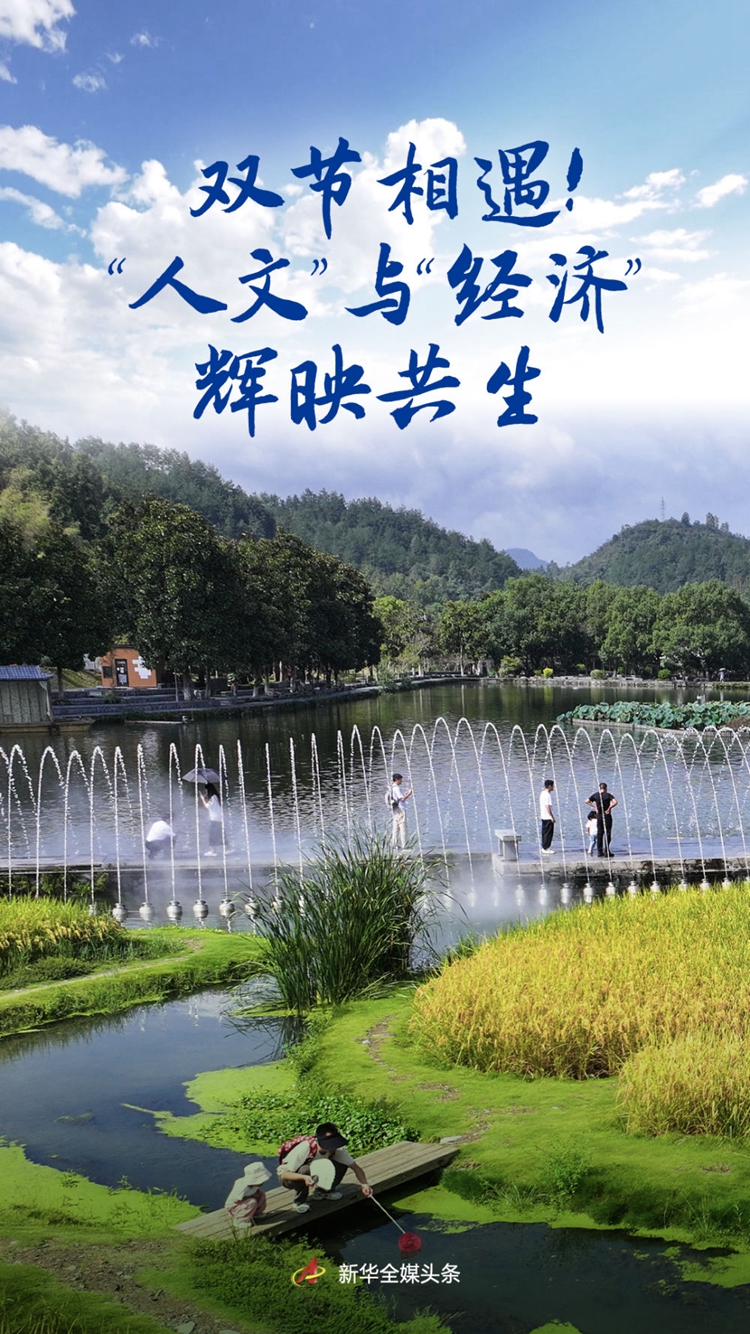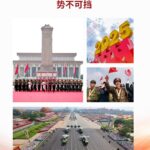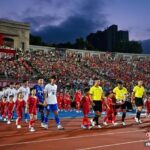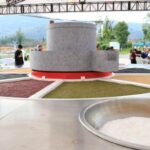The landscape is adorned with splendor, the nation prospers and the people live in peace.
Over 12,000 cultural activities were held nationwide, with cross-regional population movement expected to reach 2.432 billion person-times… People are embracing nature outdoors, allowing their minds to “slow down” amidst the fast pace of urban life; bustling scenic spots, vibrant streets, and abundant crowds reflect the vitality of the consumer market; from “traveling in China” to “traveling the world,” foreign visitors are arriving in droves to experience the “Oriental charm,” while Chinese tourists are going abroad, bringing “Chinese warmth” to the global economy.
With the National Day and Mid-Autumn Festival coinciding, “culture” and “economy” are shining together in the context of national sentiment, Chinese style, and cultural flavor. In the magnificent panorama of “embracing the grand,” everyone is finding their own coordinates of happiness in “attending to the minute details.”
Pursuing Beauty: Cultural and Tourism Integration Unfolds a Cultural Panorama
Across the land, beautiful scenes where material and spiritual aspects resonate together, and “culture” and “economy” mutually promote each other are clearly perceptible—
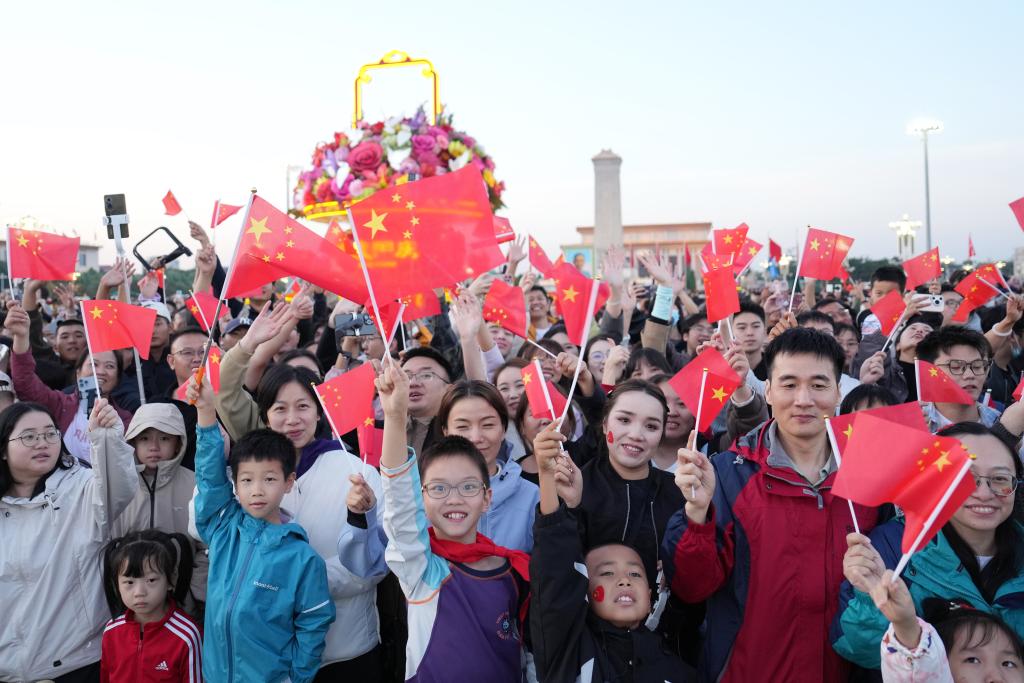
On the morning of October 1st, a grand flag-raising ceremony was held at Beijing’s Tiananmen Square to celebrate the 76th anniversary of the founding of the People’s Republic of China. This shows the audience cheering after the flag-raising ceremony.
At Beijing’s Tiananmen Square, people offered their heartfelt tributes to the national flag in the morning light. Not far from the square, shops selling patriotic-themed T-shirts were bustling, restaurants were fully occupied, and tourists from all over the country were tasting authentic cuisine while sharing their unique impressions of the ancient capital;
At the Shanghai Customs House, mosaic tiles from nearly a century ago form exquisite caisson patterns, blending with modern extended reality (XR) technology experiences. Visitors can immerse themselves to feel the past, present, and future of the Bund;
In Nanning, Guangxi, traditional commercial spaces transformed into “intangible cultural heritage showcases.” A lively “phoenix” soared into the sky with fireworks, vividly演绎 the romantic意境 from the Book of Songs…
Culture flourishes, economy prospers.
During the National Day and Mid-Autumn Festival holiday, various regions used culture to shape tourism and industry, creating new forms of cultural economy, vividly诠释 the cultural内涵 of Chinese-style modernization.
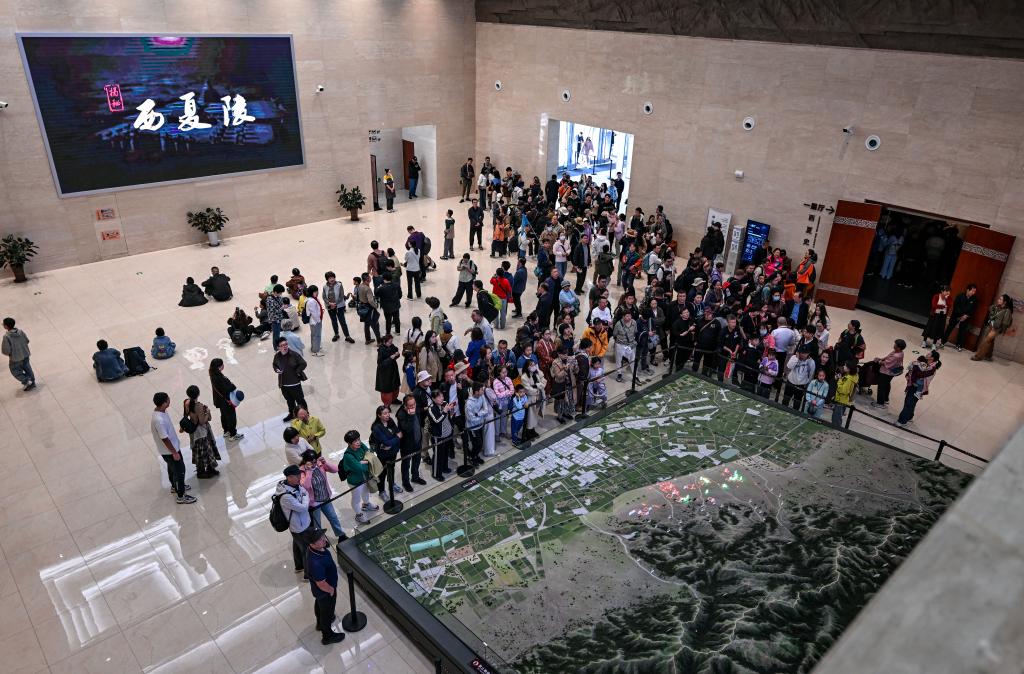
On October 2nd, tourists visited the Western Xia Imperial Tombs Museum in Yinchuan City, Ningxia.
On October 6th, as dawn broke, Xiangtang Village deep in the Laoshan Mountains of Nanjing’s Pukou District awoke to the “clanging” sounds of blacksmithing.
There are no密集 scenic spots here, but poetry of life flows everywhere—the mottled walls of old village houses contrast with the casual comfort of cafes, the烟火气 of campsites blends with the fragrance of garden restaurants…
“It’s quiet and pleasant here, allowing the mind to slow down from the city’s fast pace,” said a tourist from Shanghai.
In Xiangtang, gardenias that once sold for “five yuan a bunch,”经过 cultural branding, now sell for 16.9 yuan per束.文创 products like scented candles have enabled this small village of over 70 households to achieve nearly 5 million yuan in annual sales.
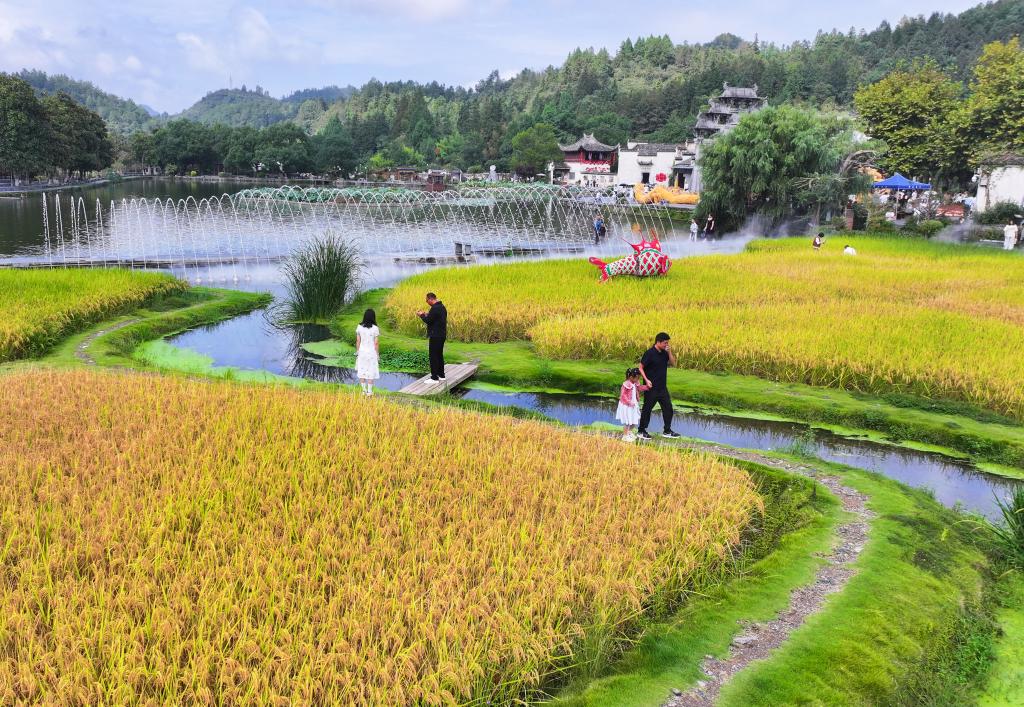
On October 1st, tourists visited the world cultural heritage site of Xidi and Hongcun in Huangshan, Anhui.
Rural areas represent both economic development potential and cultural development momentum.
Data from travel platform Fliggy shows that rural homestay bookings during the National Day and Mid-Aut

